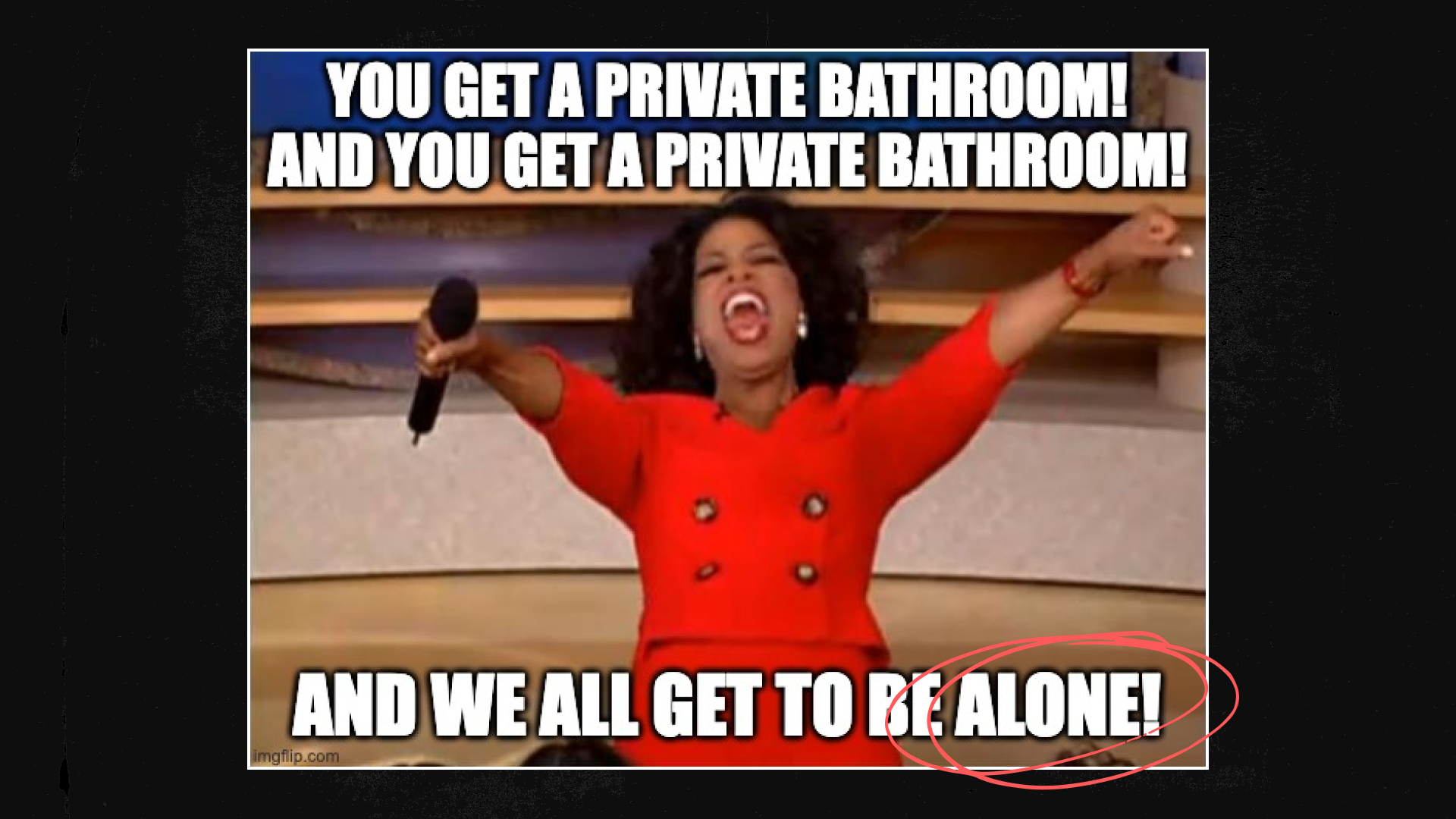
Pro-social Housing: Give Me Privacy, But Also Community
Nobody knew they wanted an iPhone until it existed. Yes, mobile devices like Blackberry, Palm, and Sidekick existed in 2007, the year the iPhone was released, but their limited functionality, speed, and clunky UI kept them from being the lifestyle juggernaut iPhone and its many imitators have become. People didn’t know they wanted a do-it-all portable device, one that communicated, accessed information, gave directions, played music, took pictures, gathered health data, and far more, all with a swipe of a finger.
Apple didn't develop a revolutionary product because they improved on something that already existed (a better mousetrap), but because they invented something based on what was possible, satisfying a market need, even when the market didn’t realize it had that need.
Smartphones have undoubtedly produced a bounty of benefits, giving instantaneous access to unlimited information and entertainment, the ability to connect with people around the world, capture important moments, access important health data and tools, and much more. But they’ve also spurred some obvious negative impacts. According to one estimate, the average American spends around seven hours a day looking at screens, often on their mobile device. This high and growing rate of screentime has been associated with growing rates of anxiety, depression, low self-esteem, and what the Surgeon General calls an Epidemic of Loneliness and Social Isolation.
In housing, the same tension exists.
The Privacy Paradox
Nowhere is this clearer than in off-campus student housing. For years, it distinguished itself from traditional dorm life through the promise of “a room of one’s own”: private bedrooms, private bathrooms, and a reprieve from cramped quarters, bunk beds, and toting shower caddies down the hall. These promises worked — off-campus housing became a student oasis and a selling point for independence.
But as with the iPhone, the very feature that made the product irresistible carried a shadow side. Privacy in abundance can turn into isolation. Students still want to make friends and share experiences — they just need a little help doing so.

Prosocial Housing
While the term antisocial is well-known, its antonym, prosocial, gets far less attention, which is a shame. Spaces can be antisocial, fostering physical or psychological isolation, or they can be prosocial, fostering physical and emotional connection. Given that good social relationships are the most consistent indicator of happy lives, it behooves housing operators looking to make their tenants happy (and renewing leases) by designing and developing prosocial spaces , ones that discourage isolation and promote connection.
Yes, tenant privacy is important, but too much can be a liability.
Prosocial housing is the product people don’t know they need that could revolutionize how all housing is designed and operated.
Much has been and can be written about the look and feel of prosocial spaces, but broadly speaking it means putting as much or more resources into creating useful common spaces as private ones : attractive lounges with comfortable furnishings, good lighting, and useful amenities, discreet areas for people to talk, gyms with layouts and equipment that’ll be used, and more. It means creating points of social collision, i.e. opportunities for spontaneous socializing, which are often found in overlooked spaces like stairwells and hallways. It means creating a cohesive brand and aesthetic that resonates with residents.
Building Beyond Amenity Checklists
While student housing often has more prosocial spaces than other housing sectors, it’s still important for operators to continually evaluate if their spaces are being used as intended —if lounges, study rooms, pools, and other common spaces are consistently used, or act as brochure fodder. Perhaps the bigger opportunity lies with single family, multifamily, hospitality, and senior living, where lifeless amenity spaces and circulation spaces seem to be the norm. Everyone wants to connect, but most of us need help doing so.
Just as Apple eventually introduced features like Screen Time and Focus Mode to counteract the unintended consequences of its own invention, housing operators can do the same. Privacy doesn’t have to mean isolation if it’s balanced with intentional design, cultural programming, and brand identity that unites residents.
Anticipating Resident Needs
When a conventional company develops products, it primarily uses existing products and consumer behavior to inform product design. In the context of housing, this might mean tweaking standard floorplates and interior design to maximize screentime and digitally native living. Think cubicles, outlets, and the strongest wifi money can buy.
But the innovative company detects unmet consumer needs and invents products to meet those needs — even when consumers are unaware of their needs, even when there’s no established product sector for their invention.
Here lies housing’s opportunity. The operators who build for both independence and belonging will not only earn leases, but build brands residents proudly identify with.